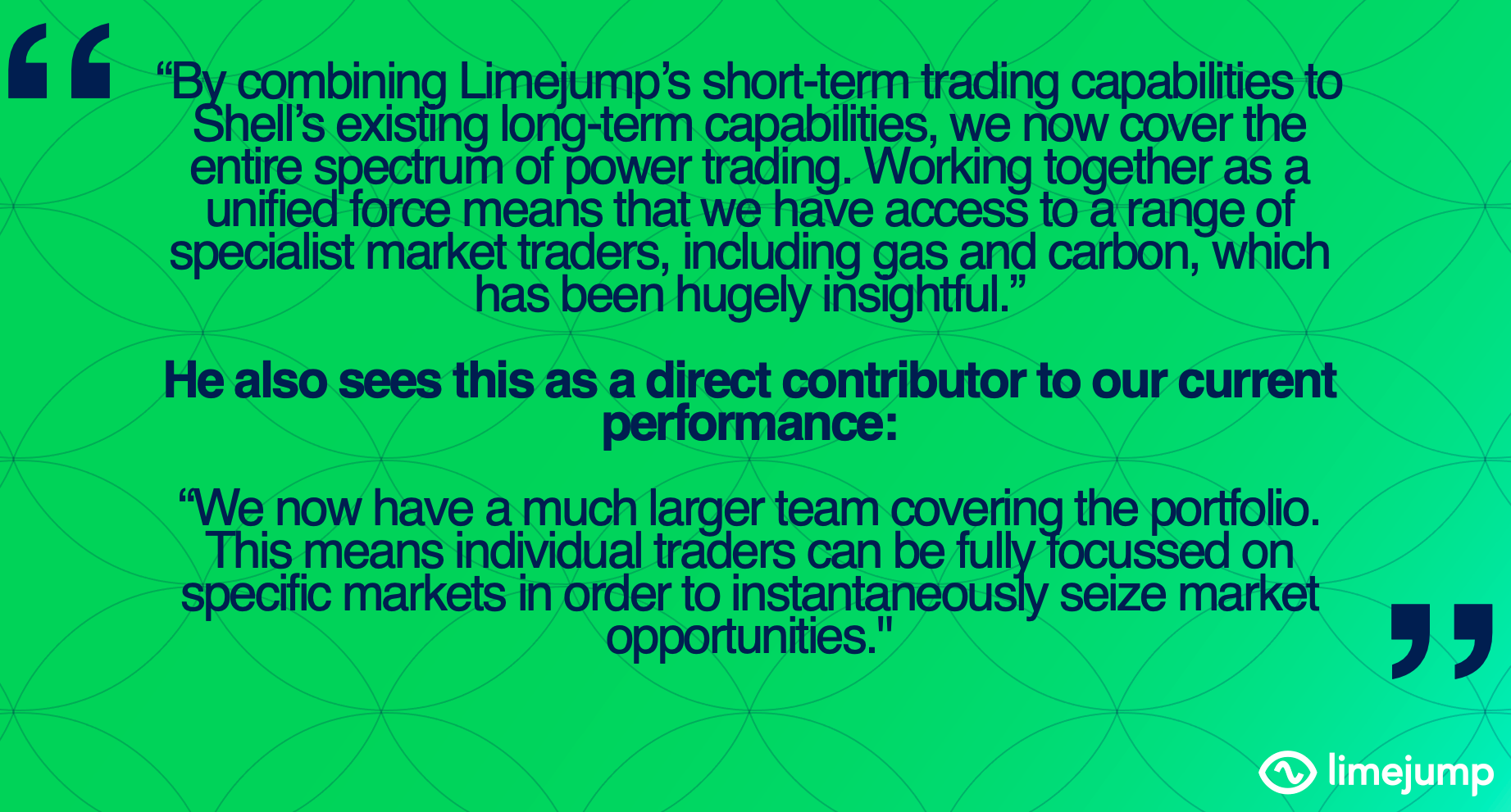Why Limejump consistently achieves ‘Top Trader’ status in the Balancing Mechanism
The UK energy industry is currently undergoing a much-needed renewable generation revolution to reach Net Zero by 2050. With increased renewable penetration comes volatility and intermittency within the system that needs to be managed by flexible generating assets. Batteries and gas peakers provide crucial support to the system by mitigating the imbalance between demand and generation. Batteries can react quickly to charge when there is an excess of renewable generation and, along with gas peakers, generate energy to cover shortages. National Grid manages this volatility and intermittency through the Balancing Mechanism which, provides flexible generators more opportunity for revenue beyond wholesale power markets.
2021 – The definition of a volatile power market?
Over the past few months, Limejump’s weekly Market Pulses and Q1 Report have highlighted the exciting trading opportunities across the UK power market, created by volatility. At the beginning of the year, we saw a de-coupling of UK Day Ahead power markets, this resulted in increased price uncertainty at the day ahead stage and we saw Day Ahead min-max spreads traded at a record £1500/MWh in January. We also witnessed National Grid accept bids of £4000/MWh in the Balancing Mechanism as a result of extreme market tightness during the day. Since then, we have witnessed the coldest April in over 30 years, which combined with low wind, continued to drive volatility. If you were to then add the seismic climb of the carbon prices, which broke past the €50/mt mark, perfect market conditions were set for Limejump’s customers to support the grid with times of insufficient capacity.
What is Limejump’s secret to maintaining top spot in the Balancing Mechanism?
Limejump’s gas peaking assets have been amongst the top performing Balancing Mechanism units in 2021.
Optimising assets in a volatile market requires a combination of automation and human-led trading, these both are instrumental to Limejump’s strategy of optimising batteries and gas peaking assets. Utilising this approach has proven to be very beneficial for Limejump’s customers and the grid – succeeding in the continuous battle of balancing the, at times, unpredictable UK power market. So far in 2021, Limejump optimised the highest performing gas reciprocating assets earning over 25% more revenue (£/MW) in the Balancing Mechanism than any other competitor. This success is down to collaboration and trust in our trading team and technology. Limejump (part of the Shell Group) made the strategic decision to combine their trading capability with Shell’s, creating one of the world’s most experienced and sophisticated trading powerhouses.
*The results above do not account for different asset efficiencies or performance constraints
Our trader Sandray sees this synergy providing direct benefits to Limejump’s customers.
Limejump manages a portfolio of batteries, gas reciprocating engines and over 1.1GW of onshore renewable generation, this means that our trading team are close to all fundamental drivers of UK power markets in the prompt and forward markets.

A whole market approach
Whilst some optimisers focus on one asset class, becoming distanced from the wholesale market, we strive to ensure our team remains in tune with the energy network as a whole. As the market evolves, this will become more relevant not only for gas assets but also batteries and renewable generators in order to accurately balance the benefits of ancillary service returns against trading opportunities. Limejump’s trading performance in 2021 emphasises that both human experience and tech-led automation are key to gain full advantage of increasingly real-time and granular market opportunities. We are excited to see what the rest of 2021 holds.
About the author
Tom McGoldrick
Tom, Business Development Manager, is an industry expert focussing on Limejump’s flexible storage propositions. He joined Limejump in 2018 and has been instrumental in building successful partnerships for several large battery and gas peaking developments.
Email Tom